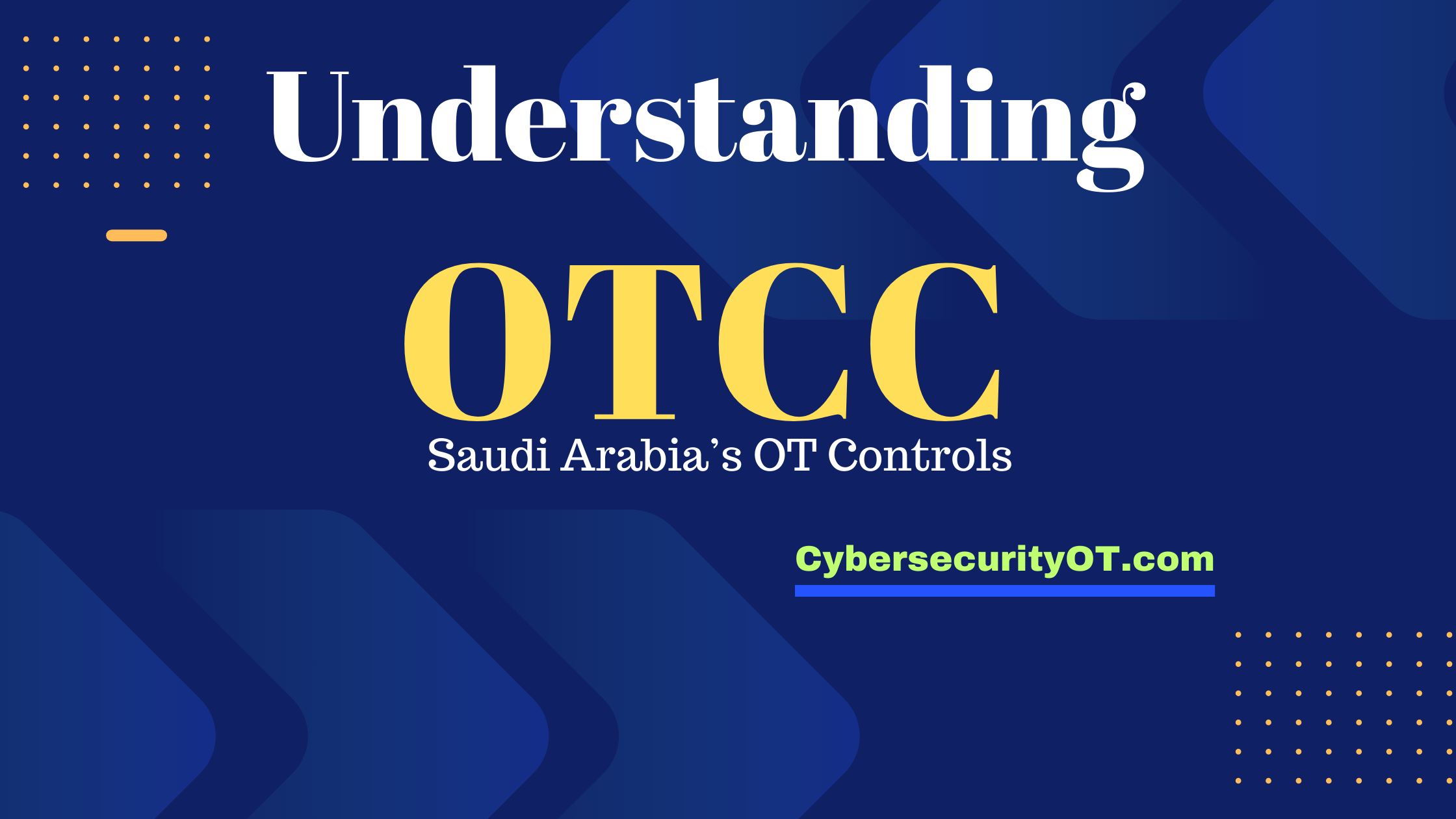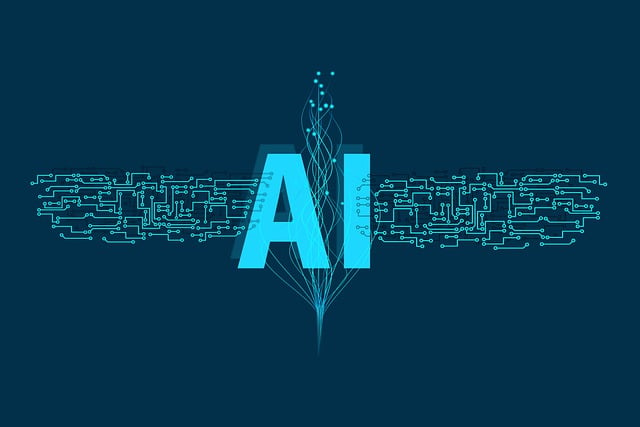IEC 62443 defines five maturity levels for the security of industrial automation and control systems (IACS):
- Maturity Level 1: Initial
At this level, there is no formal security program in place. Security is ad hoc and reactive.
- Maturity Level 2: Managed
At this level, security is managed using documented, repeatable processes. However, these processes may not be fully integrated into the organization’s overall business processes.
- Maturity Level 3: Defined
At this level, security is defined and implemented throughout the organization. Security processes are integrated into the organization’s overall business processes.
- Maturity Level 4: Quantitatively Managed
At this level, security is quantitatively managed and improved over time. Security metrics are used to track progress and identify areas for improvement.
- Maturity Level 5: Continuously Improving
At this level, security is continuously improved through a process of continual learning and improvement. Security is an integral part of the organization’s culture.
The maturity levels in IEC 62443 provide a framework for organizations to improve the security of their IACS. By moving up the maturity levels, organizations can improve their security posture and reduce their risk of a cyber attack.
Here is a more detailed explanation of each maturity level:
Maturity Level 1: Initial
At this level, there is no formal security program in place. Security is ad hoc and reactive. This means that there are no security policies or procedures in place, and security is not a top priority for the organization. As a result, organizations at this maturity level are at a high risk of a cyber attack.
Maturity Level 2: Managed
At this level, security is managed using documented, repeatable processes. However, these processes may not be fully integrated into the organization’s overall business processes. This means that there are security policies and procedures in place, but they may not be followed consistently. As a result, organizations at this maturity level are still at a relatively high risk of a cyber attack.
Maturity Level 3: Defined
At this level, security is defined and implemented throughout the organization. Security processes are integrated into the organization’s overall business processes. This means that security is a top priority for the organization, and there are clear security policies and procedures in place that are followed consistently. As a result, organizations at this maturity level are at a much lower risk of a cyber attack.
Maturity Level 4: Quantitatively Managed
At this level, security is quantitatively managed and improved over time. Security metrics are used to track progress and identify areas for improvement. This means that the organization is constantly monitoring its security posture and making improvements as needed. As a result, organizations at this maturity level are at a very low risk of a cyber attack.
Maturity Level 5: Continuously Improving
At this level, security is continuously improved through a process of continual learning and improvement. Security is an integral part of the organization’s culture. This means that the organization is always looking for new ways to improve its security posture. As a result, organizations at this maturity level are at the lowest risk of a cyber attack.
It is important to note that the maturity levels in IEC 62443 are not absolute. The level of security required for an IACS will vary depending on the specific risks that the IACS faces. However, organizations that move up the maturity levels will be better able to protect their IACS from cyber attacks.











